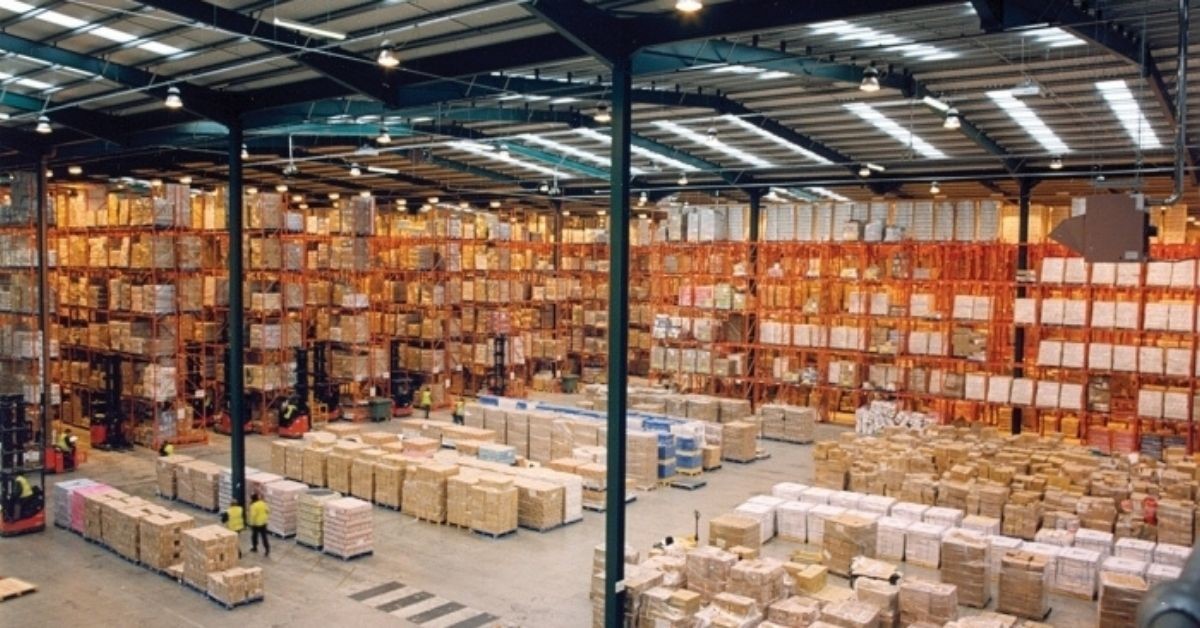This year, top warehousing developers want to expand in tier-II locations and within metros to improve reach and meet last-mile delivery demand from retailers, e-commerce companies, grocery stores, and third-party logistics providers. ESR, LOGOS, Blackstone-led Horizon Industrial Parks, and Welspun One Logistics Parks (WOLP) are among the operators and investors fighting for first mover advantage.
ESR, which has 17 warehouse facilities totaling 18 million square feet in major cities, is in advanced talks to buy three to four property lots in tier-II cities. It began its urban logistics strategy by purchasing 8.2 acres in Alipur, Delhi, to build a 300,000-square-foot distribution centre for e-commerce, supermarket, pharmacy, cloud kitchen, and other businesses.
“The year 2021 was a mixed bag, with a lot of development in e-commerce but a decline in the manufacturing sector.” The light manufacturing and industrial sectors have resurrected in the previous six months. We expect strong growth this year, particularly in tier-II markets, which have become increasingly crucial as a result of e-commerce adoption. “Our objective is to construct additional plug-and-play (warehousing) facilities that enable customers to go online in three months,” said Abhijit Malkani, CEO of ESR India.
Because of the e-commerce growth, warehousing has been a distinctive benefactor of the pandemic as a real estate asset class. According to JLL India, the total warehouse supply in the top eight cities was 287 million square feet by the end of 2021 and is forecast to reach 500 million square feet by 2025.
LOGOS signed 1.8 million square feet of new contracts and delivered 2 million square feet in 2021, although it was unable to finish some property acquisitions because to obstacles caused by the covid-19 outbreak. “We aim to expand in eight locations, but we also want to look at in-city logistics beyond them.” In-city logistics is a difficulty due to fragmented real estate ownership and high valuations, but we are eager to learn more. There will be demand, led by e-commerce and rapid commerce companies, but supply may be limited,” said Mehul Shah, CEO of LOGOS India. It intends to construct another 2 million square feet by the end of 2022 and may purchase a ready-to-move-in portfolio of one or two million square feet.
“We intend to purchase land in Siliguri, Jaipur, Coimbatore, Bhubaneswar, and Guwahati,” says the company. We’re looking into in-city development, but it’ll take some time. Because the future of shopping is hybrid, there will be a lot of need for last-mile delivery, but it will be for a different product “WOLP, which has leased 1.8 million square feet in the previous four months, said Anshul Singhal, managing director. “We expect the packaging sector will be a big demand driver in 2022, while e-commerce leasing may reduce due to large space commitments made last year,” says the report “JLL India’s head of operations, business development, logistics, and industrial, Chandranath Dey, said.








